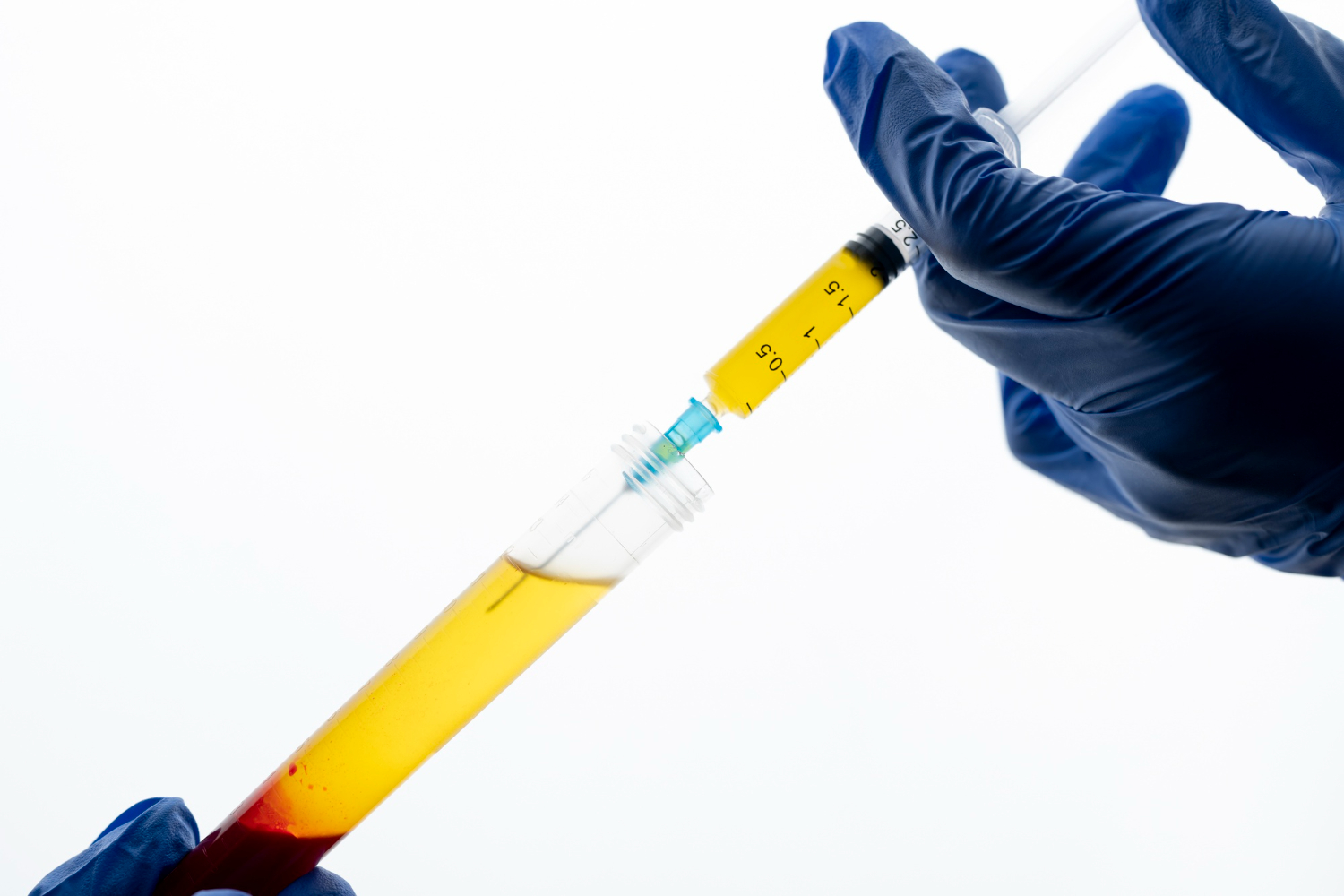Erectile dysfunction (ED) is a condition that affects many men, characterized by the inability to achieve or maintain an erection sufficient for satisfactory sexual intercourse. This condition can have a significant impact not only on physical well-being but also on an individual’s psychological well-being and quality of life. The causes of ED are multiple and may stem from physical factors, psychological factors, or a combination of both. Fortunately, there are numerous treatments for erectile dysfunction that enable a personalized and targeted approach to address this issue. In this article, we will examine the various types of available treatments, illustrating their advantages, methods of administration, and recovery times, providing a comprehensive and up-to-date guide to the therapeutic options for erectile dysfunction.
Treatments for erectile dysfunction: A complete guide to therapeutic options with Prof. Fabio Castiglione!
Pharmacological therapie
Pharmacological therapies are the first-line treatment for ED. Phosphodiesterase type 5 (PDE5 inhibitors) are widely used to increase blood flow to the penis, thus facilitating the achievement and maintenance of an erection when sexual stimulation is present. Among these, the following stand out:
- Sildenafil (Viagra): Works within 20–30 minutes of intake and has a half-life of around 3.8 hours, offering a quick and targeted effect.
- Tadalafil (Cialis): Has a similar onset of action to sildenafil, but with a longer half-life (approximately 17.5 hours), which provides greater flexibility in sexual activity.
- Vardenafil (Levitra): With characteristics similar to sildenafil, it offers comparable onset and duration, proving effective in many cases.
- Avanafil (Spedra): With a faster action, its effects appear in less than 20–30 minutes and last for 6–8 hours, making it an advantageous option for those seeking rapid action.
These pharmacological therapies are supported by clinical studies confirming their efficacy and safety, providing patients with tangible results and an improvement in their sexual quality of life.
Injectable therapies and mechanical devices
For patients who do not respond adequately to oral medications, there are effective alternative therapies:
- Intracavernosal injections: The drug alprostadil, administered directly into the corpora cavernosa of the penis, acts as a potent vasodilator. This method induces an erection within 5–20 minutes and maintains the effect for about an hour, offering a fast and targeted option to overcome erectile difficulties.
- Vacuum devices: These devices create an erection through a negative pressure mechanism that increases blood flow to the penis. They are useful not only for inducing an erection but also for maintaining the rigidity needed for satisfying sexual intercourse.
These techniques, alternatives to pharmacological treatments, represent effective solutions for those seeking non-oral and personalized methods, ensuring immediate and long-lasting results.
Low-Intensity shockwave therapy (LI-ESWT)

One of the most promising innovations in ED treatment is low-intensity shockwave therapy (LI-ESWT). This non-invasive treatment uses mechanical waves, similar to acoustic waves, to stimulate neovascularization and promote tissue remodeling. Specifically, LI-ESWT:
- Reduces fibrous plaque: Shockwaves break down scar tissue, facilitating its resorption and remodeling by the body.
- Stimulates the formation of new blood vessels: This process, known as neovascularization, significantly improves the supply of oxygen and nutrients, which is essential for erectile function.
- Relieves pain: Numerous studies show that LI-ESWT can reduce the pain associated with ED, improving patient tolerance and satisfaction.
- Promotes the regeneration of healthy collagen: It helps restore the flexibility of penile tissue, improving elasticity and erection quality.
This innovative approach has generated significant interest in the medical field, offering patients a non-invasive, effective solution with minimal side effects.
Do you suffer from erectile dysfunction? Book a specialist consultation to find the right Erectile Dysfunction Treatments for you! Contact Prof. Fabio Castiglione at +447830398165!
Hormone therapy and psychological approaches
In the presence of low testosterone levels, hormone replacement therapy can play a key role in improving erectile function and sexual desire. A thorough medical evaluation is essential to determine whether hormonal levels contribute to ED and to establish the correct treatment. At the same time, when ED has a significant psychological component, such as performance anxiety or stress, a psychological approach becomes crucial. Psychotherapy, through behavioral and cognitive techniques, helps patients manage emotional tension and improve their self-esteem, leading to significant results in the recovery of erectile function.
Surgical interventions
When conservative therapies do not provide the desired results, the implantation of penile prostheses becomes a valid surgical option, offering a definitive solution for many patients suffering from erectile dysfunction. This procedure, considered a last resort, makes it possible to reliably and quickly restore penile rigidity, ensuring an immediate improvement in erectile capacity and sexual satisfaction. The procedure is performed using advanced surgical techniques that minimize the risk of complications and shorten recovery times, allowing the patient to resume normal daily activities in a short period. Although surgery is not the first treatment choice, for those who do not respond to less invasive options, the implantation of penile prostheses is an effective and proven solution. Furthermore, the procedure is personalized according to specific clinical needs, ensuring a multidisciplinary approach that combines surgical expertise with post-operative support to optimize outcomes.
Innovations and future therapies

Research in the field of erectile dysfunction continues to evolve, constantly introducing new solutions that promise to revolutionize ED treatment. Among these, the use of platelet-rich plasma (PRP) is emerging as a potentially transformative option, thanks to its regenerative properties that could further improve erectile function and accelerate tissue recovery. Although PRP is currently under study, preliminary results are promising and suggest significant benefits when combined with other innovative therapies. These advances represent a further step towards increasingly personalized and targeted treatments, integrating advanced technology, such as LI-ESWT, with multidisciplinary approaches that include nutritional support and psychological counseling. The goal is to provide a comprehensive therapeutic path that maximizes patient benefits, thus ensuring the greatest clinical benefit and a notable improvement in quality of life.
Conclusion
In summary, erectile dysfunction is a treatable condition, thanks to numerous therapeutic options ranging from pharmacological therapies to innovative solutions like low-intensity shockwave therapy (LI-ESWT), and even surgical interventions in more advanced cases. Every therapeutic path must be tailored to the patient’s specific needs, taking into account the physical, hormonal, and psychological causes of ED. Prof. Fabio Castiglione, an expert in andrology and urology, offers specialized consultations to guide patients in choosing the most suitable treatment, thus ensuring effective and long-lasting results. An integrated approach that combines advanced technologies, nutritional support, and psychological assistance ensures an overall improvement in quality of life.


